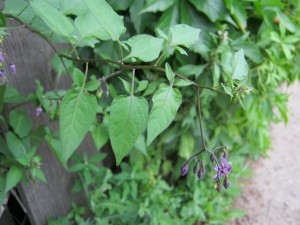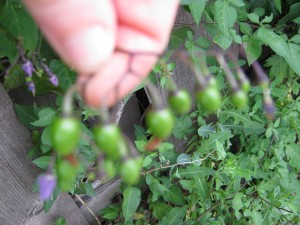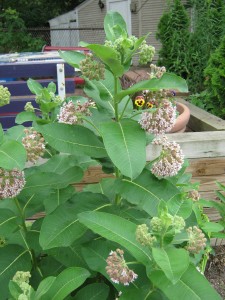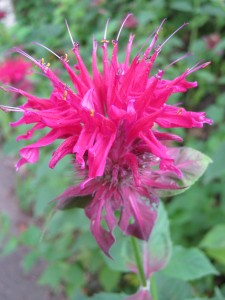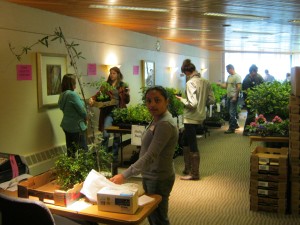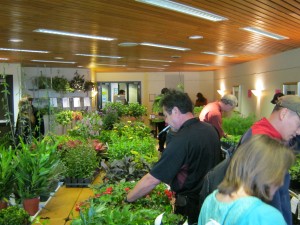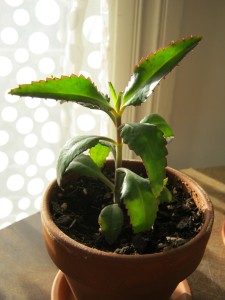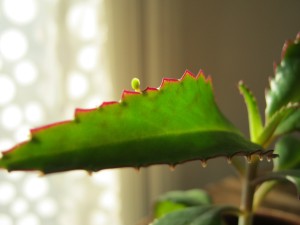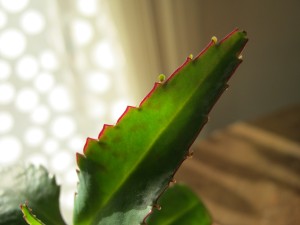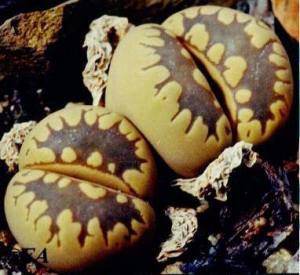 I got a lithops, I got a lithops, I got a lithops, hey, hey, hey, hey!
I got a lithops, I got a lithops, I got a lithops, hey, hey, hey, hey!
Lithops plants look like aliens because they’re adapted to one of the most extreme environments on the planet. They’re native to the Namibian Desert, which averages about 5mm of rain. Per year. These little guys survive entirely on the fogs that blow in off of the ocean sometimes.
I stumbled across my lithops at a plant sale fundraiser at grad school last week. As I’d only ever seen lithops at a botanical garden before, I didn’t know you could even buy and sell them. But then there they were, rows and rows of little 2″ pots of them on the table, right next to the cactus. Want.
I started quizzing the guy at the table. How do you take care of these? They were only four dollars each, but I didn’t want to kill one. Turns out they’re easy to take care of as long as you remember two things: don’t water them, and give them lots of light. Up here in Minnesota, I’m going to have to supplement them with an artificial plant light.
So I brought one home, and I’ll see how it goes. I feel a sort of kinship for the little guy. He’s a transplant from a very different part of the world, too.

